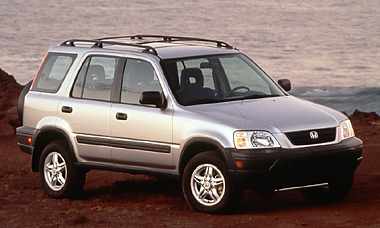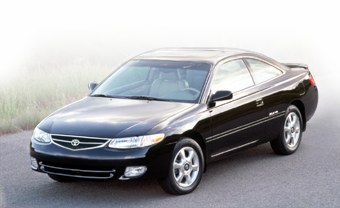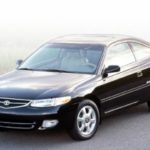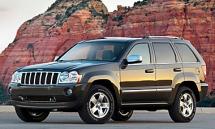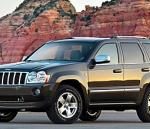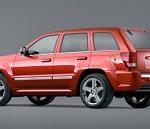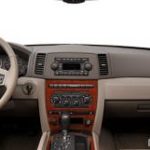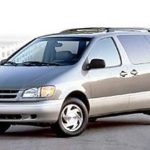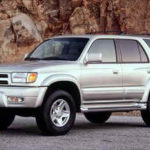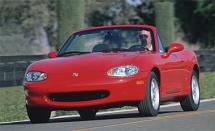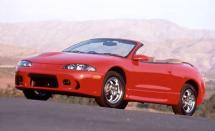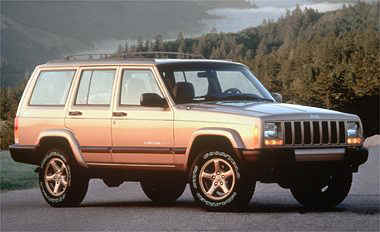Overview:
I like the styling on this Honda Odyssey so went in with a positive attitude and it only got better from there. Honda is one of the last major manufacturers in the American auto market to offer a minivan. They introduced the original Odyssey in 1995 and it is still based on the Accord platform. They claim it has a larger interior volume than the popular Chrysler line because the floor is one and a half inches lower. I can’t verify that claim but the difference has to be small. It’s an all-new design for 1999 and boasts the largest engine in its class as well. I like to see innovation so I liked how the third seat uniquely folds completely into the floor.
I have to admit, I have a bit of a bias when it comes to family vehicles like this Odyssey, and I think family is first for most of us. I remember in the ‘old’ days when our kids were small, we had a Chevrolet station wagon. It served us well, but I am reminded that “timing is everything”, and if only they had minivans back then. They are so easy to get in and out of, and for the little kids that is especially handy. And because of the automatic “dual” sliding doors that are standard, it makes life even easier for mom and dad. Yes, by the way, they did have vans in the ‘good old days’, but they weren’t the same. And if you did opt for a van, to close the single sliding door on the driver’s side, you’d have to slam it shut. Remember how you’d open the door all the way so you’d have lots of momentum. After a few tries, a few missing fingers and lots of noise like a roller coaster you were ready to go. Wait dad, I have to go to the bathroom. I’m not going through that again Mike’y, hold it ‘till we get to camp!
Well, you can buy this new Odyssey in two trims: LX for mom and EX for dad. Both come without bathroom’s Mike’y. I tested the EX and found it to be nearly a sister car to Sienna from Toyota. But it is truly impossible to put any one above the other. Those listed here are all worthy competitors. I like the dual power sliding doors that are standard on the Odyssey EX, but you pay for what you get. There ain’t no free lunch. And although I usually have a favorite, in this case the race is too close to call a winner. But I suspect I’d lean toward the Toyota Sienna, Olds Silhouette or this Honda Odyssey. Test-drive them all if you’re in the market for a minivan and call me to compare notes. Happy hunting.
The competition:
Chevrolet Venture $20,745 – $23,045, Chrysler Town & Country $27,385 – $36,140, Dodge Caravan $18,005 – $31,510, Ford Windstar $18,375 – $30,415, Mercury Villager $22,415 – $25,015, Nissan Quest $22,159 – $26,299, Oldsmobile Silhouette $24,410 – $31,000, Plymouth Voyager $18,005 – $22,875, Pontiac Montana $21,270 – $23,875, Toyota Sienna $21,428 – $26,494.
Good News:
Comfort, power, convenience, great styling.
Bad News:
Pitted against the SUV market, it lacks the benefit of 4-wheel drive if you feel you need that. 75% will say no, not needed.
Standard Equipment:
3.5 liter 210 horsepower V-6 engine, 4-speed automatic transmission, dual airbags, anti-lock brake system, child-safety locks and traction control (EX only), front and rear air conditioning, power windows and door locks, a tilt steering wheel, cruise control, rear window defroster, and an AM/FM stereo with cassette. The EX model that I tested adds automatic climate control, an upgraded stereo with CD player, power dual sliding doors, a power driver’s seat and 16-inch alloy wheels.
Gas Stats:
18 City and 26 Highway MPG.
Pricing:
MSRP $23,000 – $25,800
Your comments are welcomed. My e-mail is joe@atthewheel.com

